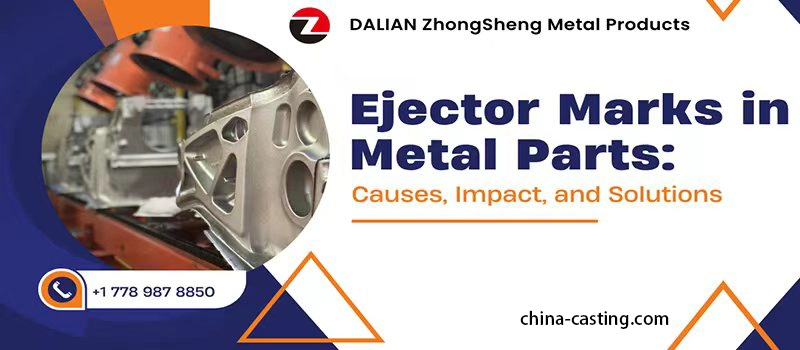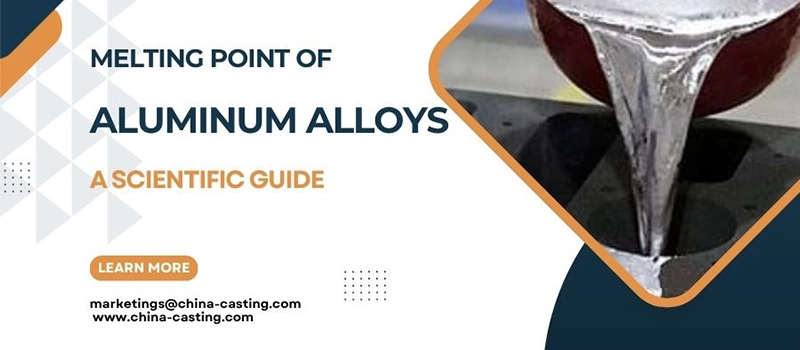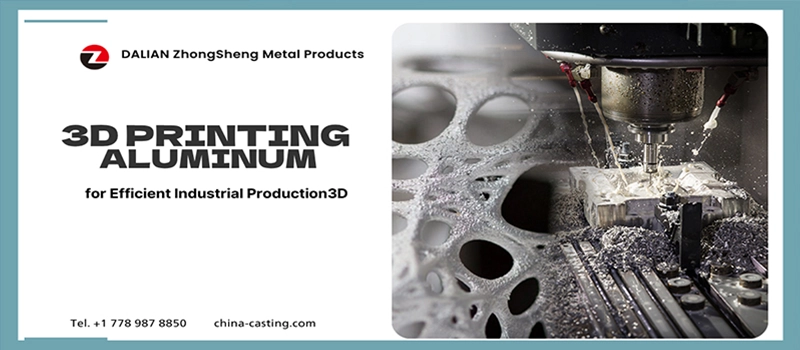Are conventional casting methods producing inconsistent quality, excessive porosity, or increased machining requirements? Do dimensional deviations and rework cycles lead to higher production costs and longer lead times?
These challenges are common in liquid-state metal casting, where turbulent flow and uncontrolled solidification can compromise part integrity. When tolerances are tight and performance requirements are high, such issues can create significant inefficiencies in manufacturing.
Rheocasting addresses these problems through semi-solid processing, offering greater control over metal flow, reduced porosity, and improved mechanical properties. It provides a stable, cost-effective solution for precision casting in industrial applications.
What Is Rheocasting?
Rheocasting is a semi-solid metal casting process designed to improve dimensional accuracy, mechanical properties, and internal consistency in complex metal components. Unlike conventional casting, which uses fully molten metal, rheocasting injects a partially solidified metal slurry into the mold. This allows for more controlled flow behavior, less turbulence, and a reduced rate of common casting defects.
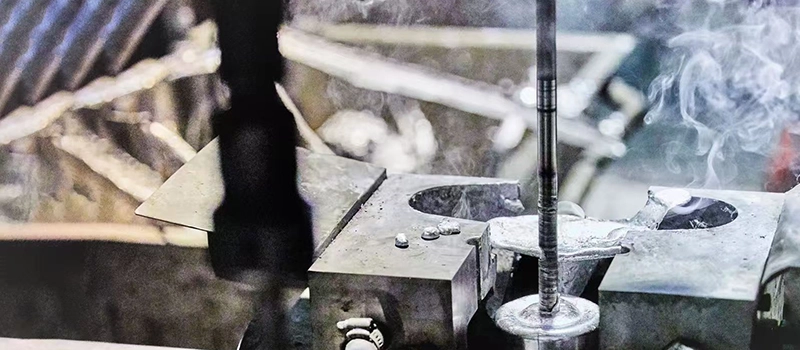
Semi-Solid State and Microstructure Control
The process begins by cooling the molten metal to a temperature between its liquidus and solidus points. At this stage, the alloy forms a slurry—composed of spheroidal solid particles suspended in a remaining liquid phase. Maintaining this semi-solid state is critical, as it directly influences flow behavior and the final microstructure of the part.
Mechanical or electromagnetic stirring is often applied during this stage to promote uniform grain size and prevent dendritic growth. The result is a refined, globular microstructure that improves strength and structural stability in the finished component.
Thixotropic Flow Properties
One of rheocasting’s most important advantages is its thixotropic flow behavior. The semi-solid slurry flows easily under pressure but holds its shape at rest. This helps reduce internal voids and porosity, minimizes gas entrapment, and ensures more uniform die filling.
Compared to fully liquid casting, this process significantly reduces the likelihood of shrinkage cavities and cold shuts, making it suitable for critical structural applications where quality cannot be compromised.
Suitable Alloys for Rheocasting
Rheocasting is best applied to non-ferrous metals with a wide solidification range. Aluminum and magnesium alloys are especially compatible, offering good thermal conductivity, lightweight performance, and mechanical integrity after processing.
Typical Applications
- Automotive suspension arms and brackets
- Aerospace housings and lightweight supports
- Electronics frames requiring thermal stability
- Machinery parts with thin-walled geometries
Benefits of Rheocasting in Metal Fabrication
Rheocasting offers several process-level and part-level advantages that directly address the common limitations of traditional liquid casting. These benefits improve not only product quality but also production efficiency and overall cost control in precision metal fabrication environments.

Reduction in Porosity and Shrinkage
The semi-solid nature of the slurry allows for low-turbulence mold filling. This significantly reduces gas entrapment and internal porosity. Because the metal is already partially solidified, shrinkage during final solidification is minimized. This contributes to improved density and dimensional stability, which are critical for components under mechanical stress.
Improved Mechanical Properties
Rheocast parts often demonstrate better tensile strength, elongation, and fatigue resistance compared to conventionally cast equivalents. This is due to the uniform microstructure created by controlled solidification and spheroidal grain formation. The process minimizes segregation, resulting in more consistent metallurgical properties throughout the part.
Enhanced Dimensional Accuracy
The paste-like consistency of the slurry ensures controlled flow into the mold, which improves the reproduction of fine features and sharp edges. Less thermal contraction also leads to tighter dimensional tolerances, reducing the need for post-machining and manual corrections.
Lower Tool Wear and Longer Die Life
Because rheocasting operates at lower pouring temperatures than traditional die casting, thermal shock to tooling is reduced. This leads to longer tool life, fewer maintenance interruptions, and more consistent production performance over time.
Material and Energy Efficiency
Rheocasting consumes less energy than high-temperature casting processes. There is also less material loss due to lower reject rates and minimized machining. The process requires no billet preheating (unlike thixocasting), which further contributes to energy savings.
Need Help? We’re Here for You!
Shorter Production Cycle Time
Faster solidification due to the semi-solid starting state leads to shorter cycle times. This increases productivity, particularly in high-volume production environments where efficiency is critical.
Summary of Key Advantages
- Porosity reduction
- Stronger, more uniform microstructure
- Less post-processing required
- Lower thermal stress on dies
- Cost savings from reduced scrap and energy use
Suitable Alloys for Rheocasting
The success of rheocasting depends heavily on alloy selection. Not all metals respond well to semi-solid processing, and only those with a sufficiently wide solidification range can form the required slurry structure. The most compatible materials are non-ferrous alloys—especially aluminum and magnesium—used widely across automotive, aerospace, and industrial sectors.

Aluminum Alloys
Aluminum is the most common alloy group used in rheocasting. Alloys such as A356, A357, and 319 exhibit excellent castability, good strength-to-weight ratios, and thermal conductivity. Rheocasting enhances their performance by producing a fine, non-dendritic microstructure that improves fatigue strength and reduces porosity. These alloys are well suited for structural and load-bearing components.
Typical Aluminum Applications
- Automotive suspension and chassis parts
- Transmission housings
- Heat-dissipating enclosures for electronics
- Industrial brackets and frames
Magnesium Alloys
Magnesium alloys such as AZ91D and AM60 benefit from rheocasting’s ability to reduce porosity and improve surface finish. Magnesium’s low density makes it ideal for applications where weight savings are critical. Rheocasting also helps mitigate the material’s inherent casting challenges, such as rapid oxidation and gas porosity.
Typical Magnesium Applications
- Steering wheels and seat frames
- Gearbox casings
- Handheld electronic housings
- Aerospace components requiring lightweight structure
Less Common Alloys
While less frequent, some copper-based and zinc-based alloys can be adapted for rheocasting under controlled conditions. These materials are typically chosen for applications requiring high electrical conductivity or corrosion resistance, though their narrower processing windows make them more difficult to handle.
Key Alloy Requirements
To be rheocast effectively, alloys must meet several criteria:
- A sufficiently wide solidification range (to sustain slurry state)
- Stable microstructure formation during cooling
- Compatibility with thixotropic flow behavior
- Predictable response to shear and agitation
When alloy selection aligns with process capability, rheocasting can produce high-quality parts with minimal defects and strong mechanical consistency.
Process Limitations and Control Challenges
While rheocasting offers measurable benefits, it also presents process challenges that require precise management. Manufacturers must understand and control several key variables to maintain consistency and avoid defects.
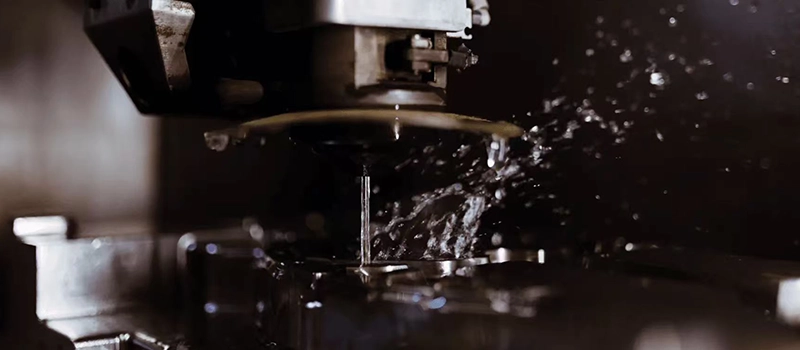
Slurry Temperature Stability
Maintaining the semi-solid state requires precise thermal control. Deviations of even a few degrees can result in excessive liquid or premature solidification. If the slurry is too hot, it behaves like a liquid, losing the advantages of thixotropic flow. If it’s too cold, the metal may not fill the die completely. Real-time monitoring systems and closed-loop thermal controls are essential for stable production.
Solid Fraction Control
The percentage of solid particles in the slurry directly influences flowability and part quality. Too low a fraction increases shrinkage and porosity risk; too high makes injection difficult or incomplete. Accurate modeling, alloy-specific process data, and active agitation are required to maintain an optimal range.
Equipment Investment
Though rheocasting reduces operational cost over time, initial setup requires specialized equipment: thermal control systems, slurry generation tools, and tailored die designs. For small-scale or low-volume production, the return on investment may be limited unless paired with broader process integration.
Material Limitations
Only specific alloys with adequate solidification ranges are suitable. This limits the material portfolio and may require compromise on certain properties like corrosion resistance or conductivity.
When to Choose Rheocasting Over Other Methods
Selecting rheocasting should be based on your production objectives, part geometry, and material needs. It is not a one-size-fits-all solution, but it delivers clear advantages in the right context.
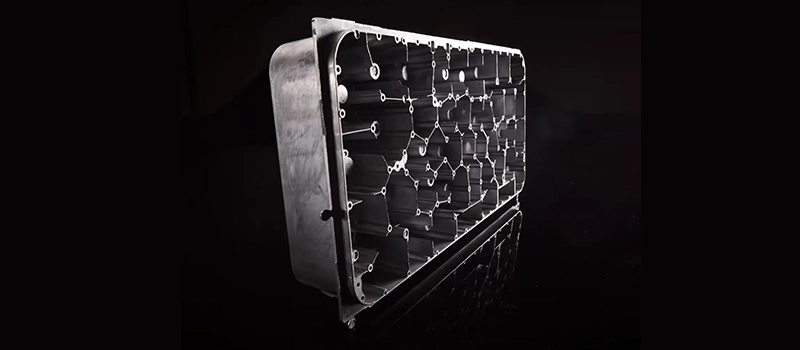
Ideal Use Cases
- Medium to high-volume production
- Parts with thin walls, complex geometry, or structural load requirements
- Components where dimensional repeatability and surface quality are essential
- Projects requiring minimal post-machining or rework
Less Suitable Scenarios
- Very low-volume or prototyping runs
- Extremely large castings where die cost outweighs benefits
- Materials outside the ideal rheocasting range
- Applications where fully liquid casting meets tolerance and cost targets
Process Comparison Summary
| Method | Flow Control | Porosity Risk | Die Wear | Surface Quality | Cost per Part |
|---|---|---|---|---|---|
| Sand Casting | Low | High | Low | Low | Low |
| Die Casting | Moderate | Moderate | High | Moderate | Moderate |
| Rheocasting | High | Low | Low | High | Low (volume) |
Rheocasting is a long-term solution best suited for precision parts, repeatable runs, and environments where production efficiency must be matched with mechanical integrity.
Integration with Automation and Modern Manufacturing Lines
Rheocasting aligns well with automated production environments due to its process stability and repeatability. The consistent flow characteristics of semi-solid metal allow seamless integration with robotic handling, automated injection systems, and real-time quality monitoring.
This makes it a strong fit for Industry 4.0 manufacturing strategies, where minimizing variability and maximizing throughput are core goals. Automated rheocasting cells can reduce labor dependence, improve consistency across shifts, and streamline production scheduling.
For manufacturers seeking to modernize their casting lines without sacrificing quality, rheocasting provides a stable foundation for automation-driven scalability.
Need Help? We’re Here for You!
Concluion
Rheocasting provides a controlled, semi-solid approach to metal casting that improves dimensional accuracy, reduces internal defects, and enhances mechanical performance. By combining the advantages of forging and casting, it enables the efficient production of complex, high-quality components.
Its application is most effective in medium- to high-volume manufacturing where part reliability, surface finish, and cost control are priorities. While the process requires precise thermal and material control, the long-term benefits in tool life, defect reduction, and energy savings make it a competitive choice in modern metal fabrication.
For manufacturers requiring consistent, repeatable results from cast components, rheocasting offers both technical and economic advantages over conventional liquid-phase casting methods.


